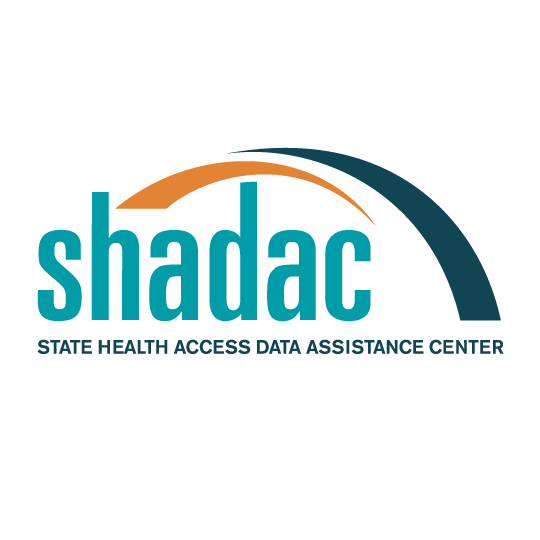Publication
An Examination of the Medicaid Undercount in the Current Population Survey (CPS): Preliminary Results from Record Linking
Davern M, Klerman JA, Baugh D, Call KT and Greenberg G. 2009. "An Examination of the Medicaid Undercount in the Current Population Survey (CPS): Preliminary Results from Record Linking." Health Services Research, 44(3): 965-987.
This article examines why the Current Population Survey (CPS) estimates of Medicaid enrollment are significantly lower than actual Medicaid enrollment counts. Inaccurate Medicaid enrollment estimates pose a problem since data from the CPS is frequently used in health policy and research.
The authors linked data from the 2000–2002 Medicaid Statistical Information System and the 2001–2002 Current Population Survey. They analyzed the frequency of incorrect answers to the CPS question on Medicaid enrollment and frequency of imperfect concept alignment.
Key Findings:
- The CPS estimates of Medicaid enrollment are 43 percent lower than actual Medicaid enrollment. The bulk of this underestimation is due to inaccurate responses to the survey question on Medicaid status.
- 43 percent of CPS respondents enrolled in Medicaid did not indicate their enrollment in Medicaid on the CPS question about Medicaid status, and another 17 percent reported being uninsured despite being enrolled in Medicaid.
- 12 percent of the discrepancy between the CPS and raw Medicaid enrollment counts is due to imperfect concept alignments, including people in Medicaid not included in the CPS sample size and people enrolled in Medicaid in multiple states.
The CPS survey results are a poor measure of Medicaid enrollment, largely due to Medicaid enrollees not responding accurately to questions about their enrollment status.









